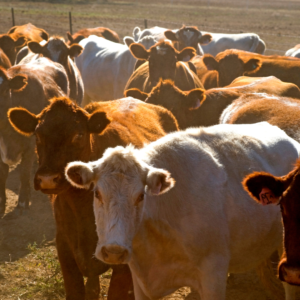 As we start a new year, it’s important for cattle farmers to start thinking about vaccinating their herds. Vaccinating your cattle is one of the most important things you can do to protect their health, and ultimately, your livelihood. Let’s explore why January is a good time to start thinking about vaccinating your cattle, what vaccines are available, and how to determine which vaccines are right for your herd.
As we start a new year, it’s important for cattle farmers to start thinking about vaccinating their herds. Vaccinating your cattle is one of the most important things you can do to protect their health, and ultimately, your livelihood. Let’s explore why January is a good time to start thinking about vaccinating your cattle, what vaccines are available, and how to determine which vaccines are right for your herd.
The winter months may seem like an odd time to think about vaccinating, but it’s actually the perfect time to start. Many diseases, such as bovine respiratory disease (BRD), can have a significant impact on cattle health and productivity. By vaccinating your herd in January, you’ll help protect them from these diseases before they become a problem in the spring and summer months.
But which vaccines should you choose? This may seem overwhelming, but your local feed store can help. They can provide you with information on which vaccines are recommended for your area and what may be necessary for your particular herd. For example, a cow-calf operation will have different vaccine needs than a feedlot.
One vaccine that is highly recommended for all cattle is the clostridial vaccine. This vaccine protects against a range of diseases caused by the Clostridium bacteria, including blackleg, tetanus, and red water. Another vaccine to consider is one that protects against respiratory diseases, which can be particularly common in winter months. Bovine viral diarrhea (BVD) is another disease that can have serious financial implications. Vaccinating against BVD can help prevent its spread and reduce the risk of future outbreaks in your herd.
It’s not just about choosing the right vaccine, but also administering it correctly and at the right time. Make sure you’re following the manufacturer’s recommendations for dosage and timing. Some vaccines require booster shots to provide adequate protection. It’s essential to get your timing and dosage correct to prevent complications and increase the effectiveness of the vaccine. Don’t forget to keep accurate records of vaccinations given, so that you can keep track of when boosters are due, and which cattle may need vaccines again in the future.
Vaccinating your cattle is an essential part of herd management, and January is a perfect time to start planning. By working with your local feed store and understanding the needs of your herd, you can choose the right vaccines to protect your cattle against potential threats and ensure their long-term health and productivity. As with all aspects of herd management, it’s important to stay up-to-date and informed, so don’t forget to research and stay on top of vaccination recommendations. Stay ahead of the curve and protect your herd by vaccinating your cattle this January!





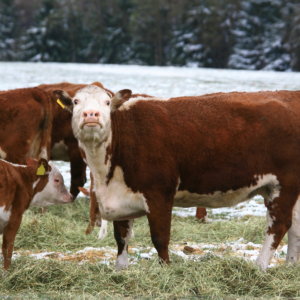 With colder weather on the horizon, many farmers and ranchers are preparing for the winter months. One of the most important things to consider when getting your animals ready for winter is their feed. During this time, hay becomes the most common type of feed for livestock. However, it is essential to ensure that you have enough hay to get your animals through the season. In addition, it is necessary to think about supplementing your hay with other feeds such as grain or grass to keep your animals healthy. We have some essential tips for feeding and nutrition that will help you prepare your livestock for winter.
With colder weather on the horizon, many farmers and ranchers are preparing for the winter months. One of the most important things to consider when getting your animals ready for winter is their feed. During this time, hay becomes the most common type of feed for livestock. However, it is essential to ensure that you have enough hay to get your animals through the season. In addition, it is necessary to think about supplementing your hay with other feeds such as grain or grass to keep your animals healthy. We have some essential tips for feeding and nutrition that will help you prepare your livestock for winter.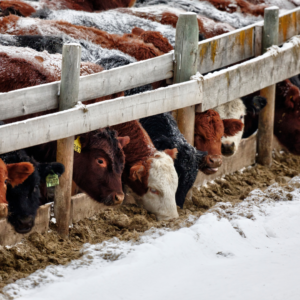 December marks the beginning of winter, which also means that it’s the perfect time to start thinking about supplementing your livestock’s diet. As temperatures drop, animals can struggle to maintain their weight, and their bodies require more energy to keep warm. This time of year, it’s crucial to make sure your animals are getting enough food and nutrients to stay healthy. That’s why December may be a good time to start supplementing their diets. What types of supplements should you consider and how can you ensure your animals are getting the proper nutrition they need?
December marks the beginning of winter, which also means that it’s the perfect time to start thinking about supplementing your livestock’s diet. As temperatures drop, animals can struggle to maintain their weight, and their bodies require more energy to keep warm. This time of year, it’s crucial to make sure your animals are getting enough food and nutrients to stay healthy. That’s why December may be a good time to start supplementing their diets. What types of supplements should you consider and how can you ensure your animals are getting the proper nutrition they need?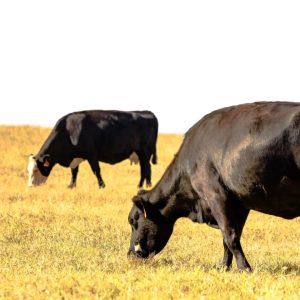 The Benefits of Fall Forage for Your Livestock: Fall is just around the corner, and that means it’s time to start thinking about fall forage for your livestock. As the temperature cools and the days get shorter, it’s important to ensure that your animals are getting the right nutrients to maintain their body condition going into the winter months. Let’s go over some of the benefits of fall forage! Check out all things related to animal health available at Kissimmee Valley Feed
The Benefits of Fall Forage for Your Livestock: Fall is just around the corner, and that means it’s time to start thinking about fall forage for your livestock. As the temperature cools and the days get shorter, it’s important to ensure that your animals are getting the right nutrients to maintain their body condition going into the winter months. Let’s go over some of the benefits of fall forage! Check out all things related to animal health available at Kissimmee Valley Feed 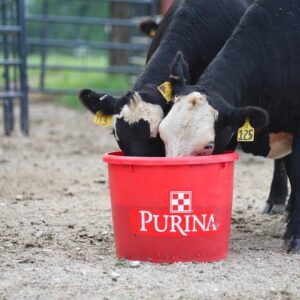 Fall is approaching, which means it’s time to prepare your herd for the months ahead. Cattle nutrient requirements vary from season to season, so it’s important to evaluate the effectiveness of your feed program. Check out these tips for creating a healthy mineral program and preparing your cattle for fall.
Fall is approaching, which means it’s time to prepare your herd for the months ahead. Cattle nutrient requirements vary from season to season, so it’s important to evaluate the effectiveness of your feed program. Check out these tips for creating a healthy mineral program and preparing your cattle for fall.